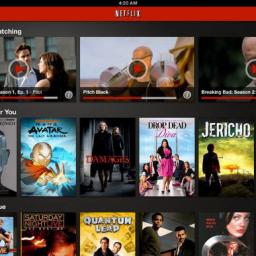An Ohio power company wants to reverse the deregulation it once fought for
 A major test case is underway in Ohio, where a utility company is trying to undo deregulation in an attempt to keep expensive and aging coal and nuclear plants on-line. FirstEnergy pushed hard for deregulation back in 2008 and got a $6 billion payout from consumers to cover its stranded assets. Now, the company says it wants to be guaranteed revenues from expensive coal and nuclear power generation. Critics of the plan say this amounts to a public subsidy for FirstEnergy. In fact, Barrett says, "calculations have been done that say over a 15-year [period], consumers of electricity might end up subsidizing FirstEnergy to the tune of some $3 billion." In essence, FirstEnergy now believes the deregulation it once fought for should be scrapped.
A major test case is underway in Ohio, where a utility company is trying to undo deregulation in an attempt to keep expensive and aging coal and nuclear plants on-line. FirstEnergy pushed hard for deregulation back in 2008 and got a $6 billion payout from consumers to cover its stranded assets. Now, the company says it wants to be guaranteed revenues from expensive coal and nuclear power generation. Critics of the plan say this amounts to a public subsidy for FirstEnergy. In fact, Barrett says, "calculations have been done that say over a 15-year [period], consumers of electricity might end up subsidizing FirstEnergy to the tune of some $3 billion." In essence, FirstEnergy now believes the deregulation it once fought for should be scrapped.It is an ironic turn of events for FirstEnergy. In the early 2000s the company had substantial holdings in coal-fired generating plants, which at the time were by far the cheapest way to generate electricity. But now the marketplace has changed. Plentiful and low-price natural gas has begun to undercut all other energy sources. And solar and wind are becoming more cost-efficient pretty steadily over time. Coal-fired plants that had been generating healthy profit margins are no longer economical to run. FirstEnergy argues that coal-fired plants should be preserved, and updated, because "they can provide a steady reliable base-load source of energy." FirstEnergy also warns that natural gas prices will not remain low forever. Years from now, they say, their coal plants and nuclear operations will be more economical and consumers will be thanking them for keeping them open.




